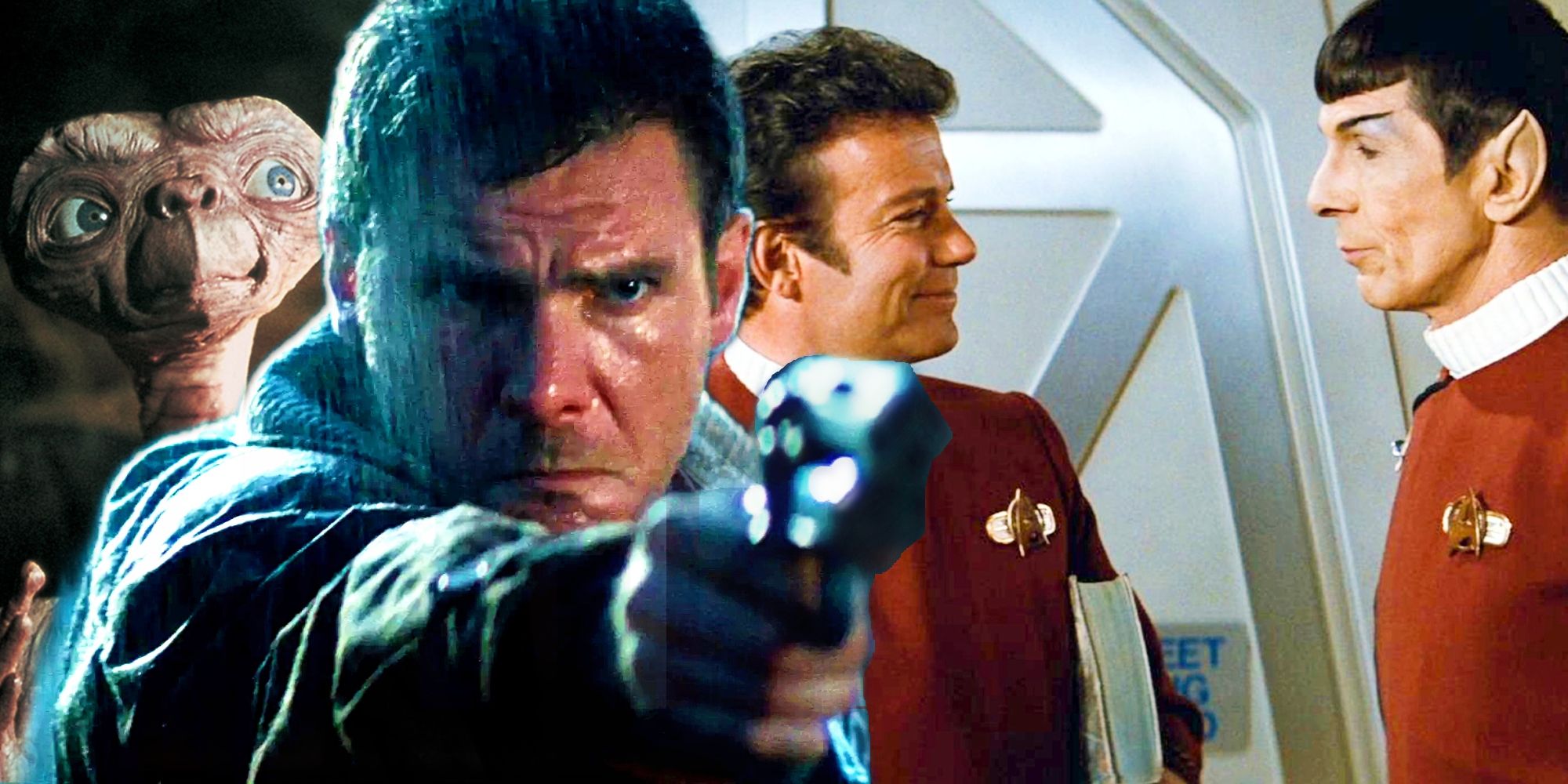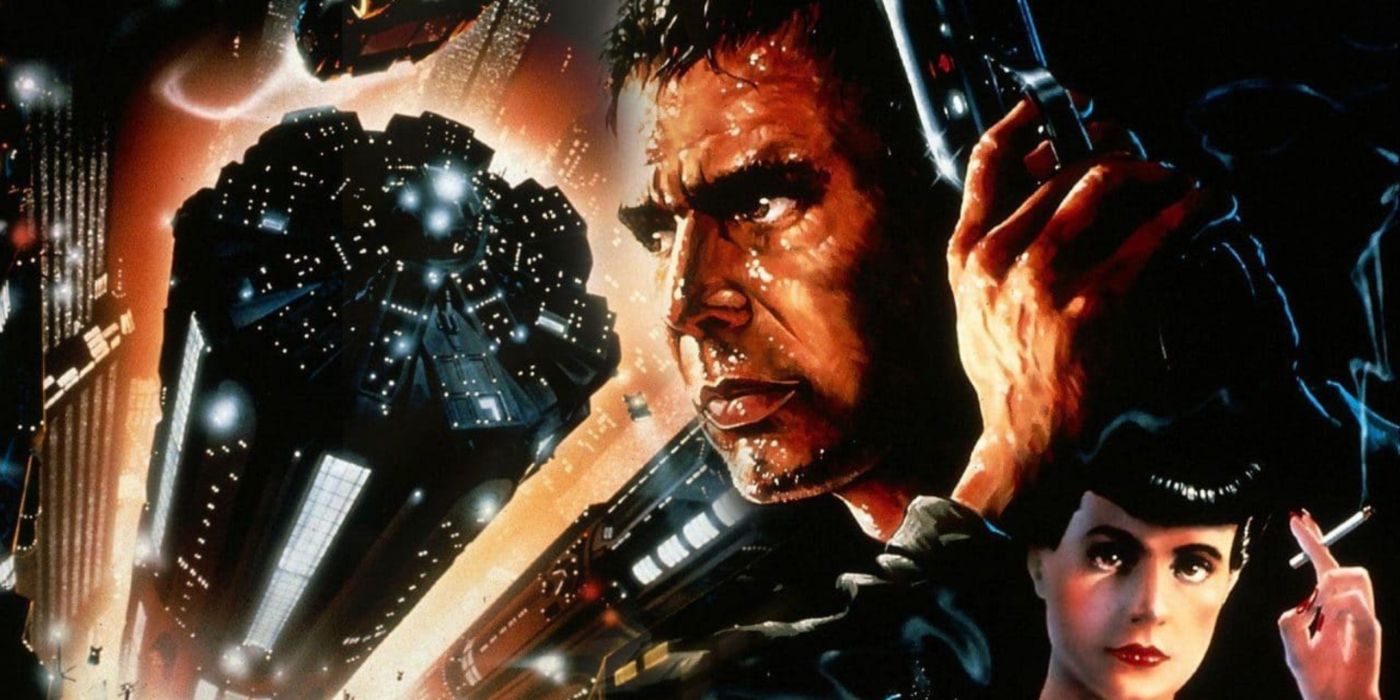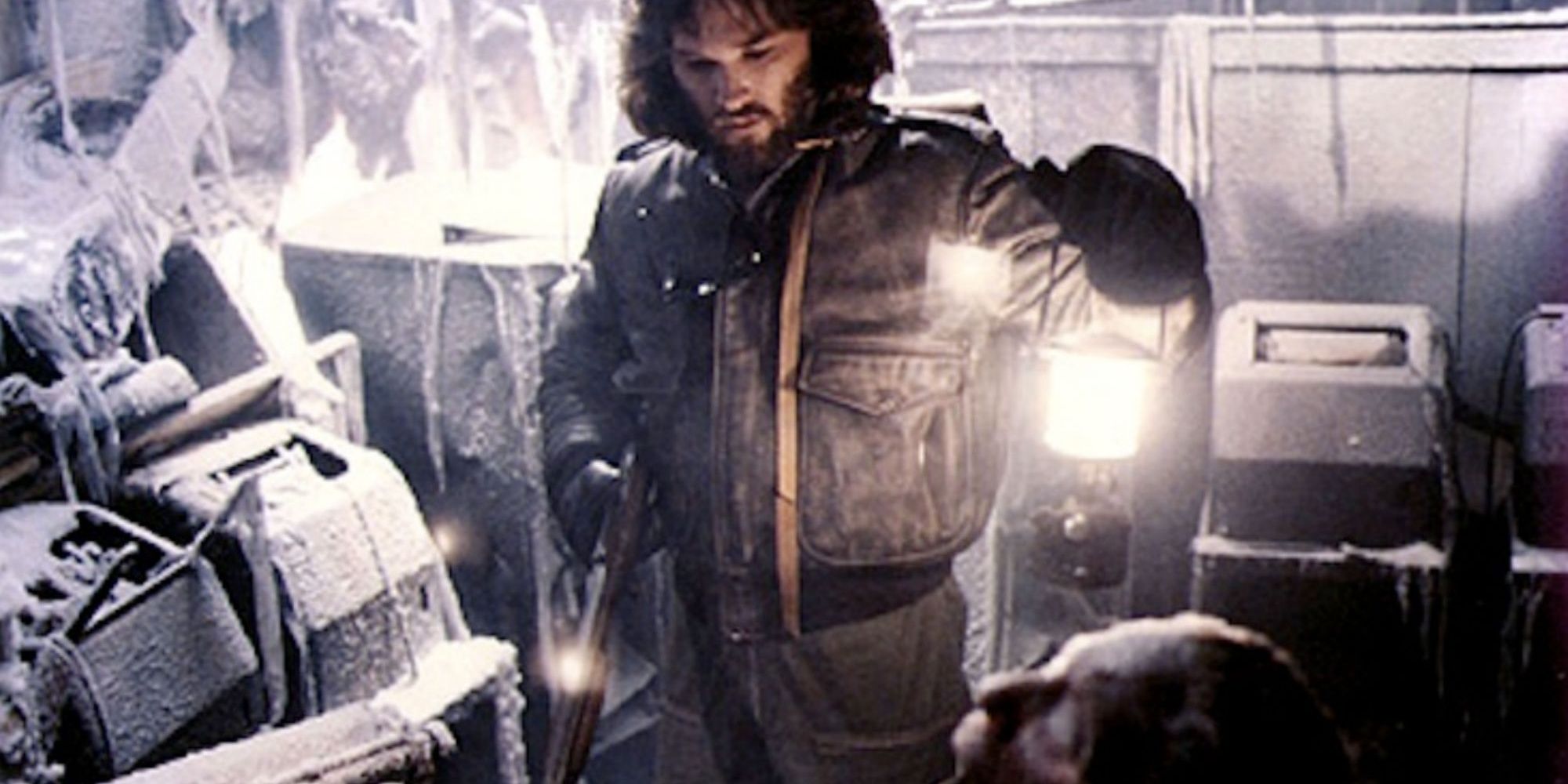Science fiction has been a film genre for almost as long as the medium itself, but one year truly changed the way audiences saw it. That is not to say that any science fiction movies released before that year lack relevancy to the genre now. On the contrary, the impact that Georges Méliès' A Trip to the Moon, the oldest science fiction movie, can be felt in recent blockbusters such as Avatar: The Way of Water.
However, one specific year defined how audiences viewed the science fiction genre, at least in terms of American blockbuster movies, and heavily influenced the current crop of popular science fiction filmmakers. Following the runaway success of Star Wars in 1977, every major film studio scrambled to cash in on the science fiction genre. This led to a time in the late 1970s and early 1980s when science fiction became one of the most popular genres in film. 1982, in particular, saw the release of several major science fiction works that would change the genre forever.
1982 Saw The Release Of 5 Hugely Influential Sci-Fi Movies
Five major science fiction movies that changed the genre forever were released in 1982. The first, on June 4, was Star Trek II: The Wrath of Khan. Although this was the second film adaptation of Gene Roddenberry's seminal science fiction television show (Star Trek: The Motion Picture was released in 1979), it is often considered the finest hour for the crew of the starship Enterprise. A week later, the most successful film of the year was released: E.T. the Extra-Terrestrial. Steven Spielberg's family adventure movie became the first movie to beat Star Wars at the box office and would hold the title of the highest-grossing film of all time until 1993.
In sheer contrast to E.T. the Extra-Terrestrial's overwhelming financial success, the two science fiction films released on June 25 would initially become box office bombs: John Carpenter's The Thing and Ridley Scott's Blade Runner. Both films would go on to earn cult followings, the latter especially after Scott was able to release his director's cut, titled Blade Runner: The Final Cut, due to the negative impact of studio interference on the theatrical cut. The fifth genre-defining science fiction film released in 1982 was Tron on July 9. Tron was notable for its pioneering use of computer-generated visual effects for sequences inside the ENCOM mainframe.
How 1982 Changed Sci-Fi Movies Forever
These five movies changed the science fiction genre forever in different ways. Blade Runner codified how the cyberpunk aesthetic would look onscreen: the middle point between neon and noir. On top of its impeccable production design, Blade Runner contains some of the most ingenious special effects work of the 1980s. The film used "multipass exposures," where the same shots would be recorded with different lighting and rerecorded after the film was rewound. This allowed for an increased fidelity in Blade Runner's incredible model shots compared to standard optical effects, for example.
The Thing may have been released to critical fury and complete apathy from wide audiences, but it is now considered one of the high points of science fiction/horror filmmaking. Rob Bottin's work on the film's special effects is considered among the greatest in film history, which is especially impressive given that Bottin was only 21 when he worked on The Thing. Although The Thing and Blade Runner bombed upon their initial releases, they have since cemented their place in cinematic history.
Star Trek II: The Wrath of Khan forever changed Star Trek, one of science fiction's most important franchises. The sequel's director, Nicolas Meyer, had the show's iconic multicolored costumes redesigned into naval-inspired red costumes, a decision that stayed with Star Trek's film sequels. The film was far more action-packed than the glacially-paced Star Trek: The Motion Picture and propelled the cult franchise into the mainstream.
Tron was a pioneer in visual effects, with its approximately 20 minutes worth of computer-generated imagery. Sequences that utilized early CGI include the iconic "lightbike" scene. Due to the technical limits of the time, the supercomputers that were used during the production of Tron could not do 3D animation, so all the CGI frames were generated one by one and then physically photographed. According to Animation World Magazine, John Lasseter, the former head of Pixar, stated that there would be no Toy Story "without Tron."
E.T. the Extra-Terrestrial was the most successful science fiction movie of 1982, spending 17 non-consecutive weeks at the top of the box office. The American Film Institute (AFI) named it the 24th greatest film ever in its 2007 poll. The image of the flying bikes crossing the night sky, backlit by the moon, is one of the most iconic in not only Spielberg's career but also cinematic history. E.T. the Extra-Terrestrial's ending never fails to bring a tear to the eye. Science fiction, as a film genre, may have been around since almost the very beginning of moving pictures, but 1982 was the year that forever changed it.
Source: Animation World Magazine



